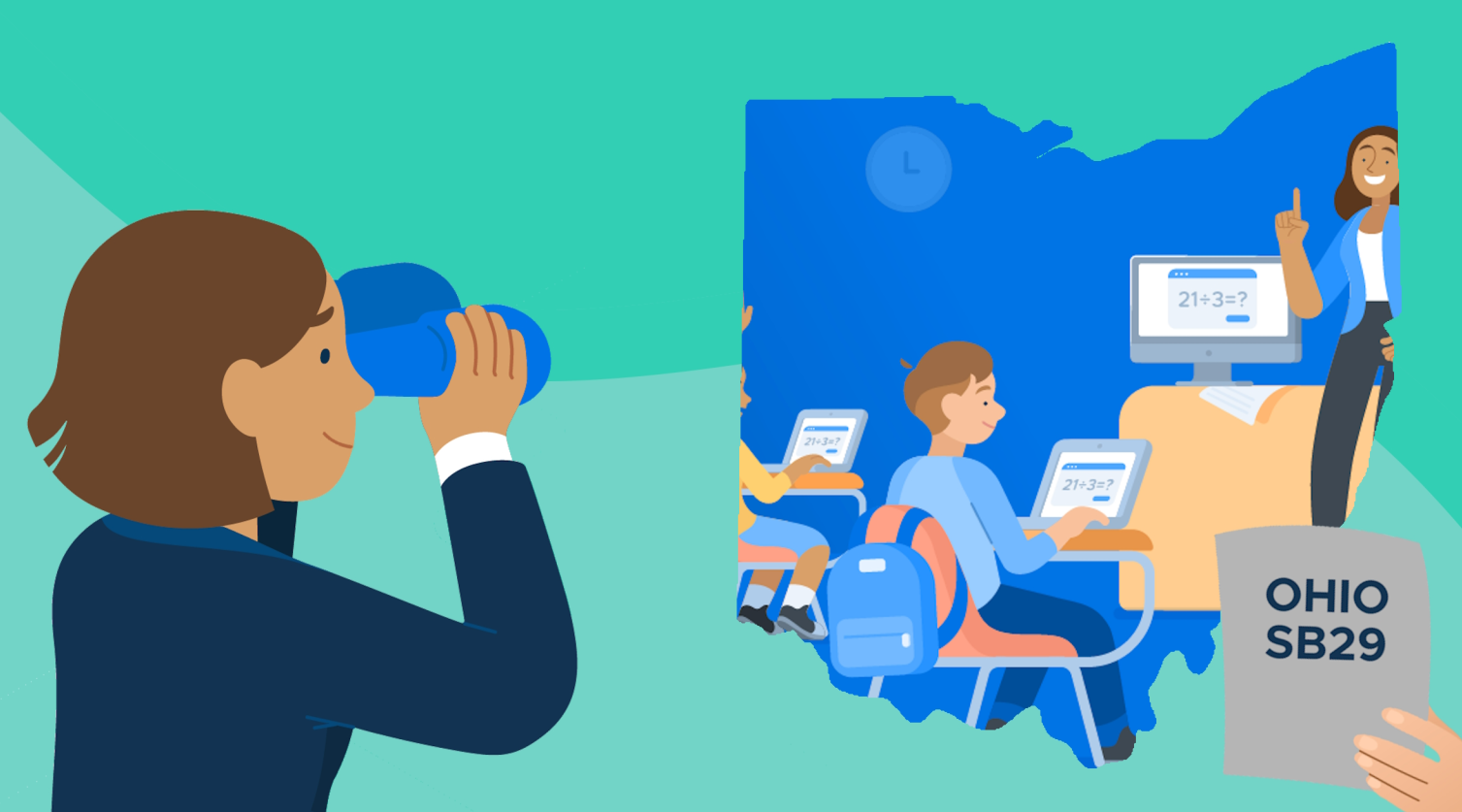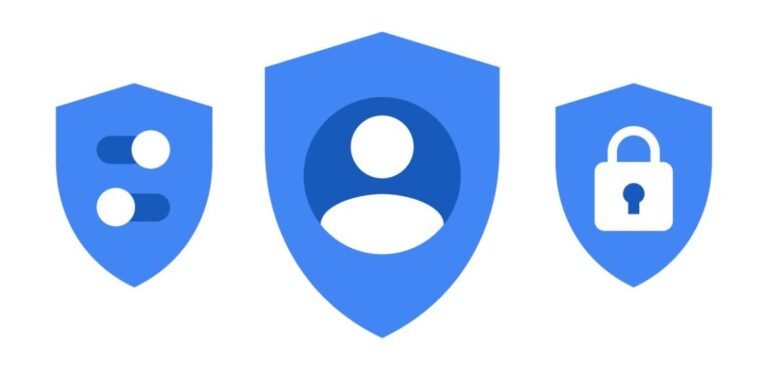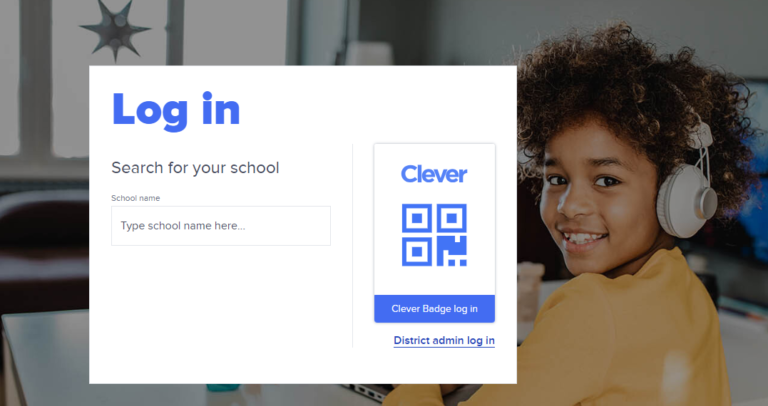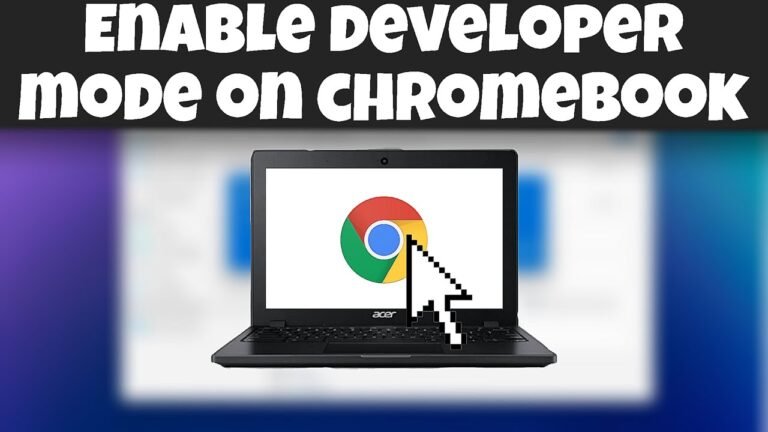Ohio Senate Bill 29: Understanding Compliance and Student Data Privacy in Schools
Ohio Senate Bill 29 (SB29) represents a significant move toward strengthening student data privacy and protection in K-12 schools. Effective from October 24, 2024, SB29 enforces strict guidelines on how schools handle, monitor, and secure student data, ensuring it is only used for educational purposes. This guide will walk you through the core requirements, compliance actions, and how edtech tools like Securly align with these new standards to help Ohio schools stay compliant and safe.
Key Provisions of Ohio Senate Bill 29
Ohio Senate Bill 29 focuses on preventing unauthorized access to student data and stopping schools from engaging in undisclosed surveillance on school-issued devices. It aims to protect students’ rights by enforcing strict standards around data collection, retention, and monitoring. Here are the primary sections of SB29:

1. Public Records Exemption for Education Data
SB29 clarifies that student data used for education support services is not a public record and cannot be disclosed unless legally required. This means schools must protect these records and deny requests for their release unless specific exemptions apply. This rule supports student privacy by limiting who can access and use educational records, ensuring sensitive data is kept secure and confidential.
2. Confidentiality and Penalties for Misuse
One of the strictest provisions of SB29 is the requirement for educational technology providers to uphold Ohio’s data privacy laws. Providers found violating student confidentiality, such as by using educational data for non-educational purposes, may face financial penalties. This mandate reinforces the importance of data confidentiality and pushes edtech companies to align with robust data privacy policies.
3. Requirements for Technology Providers
SB29 requires schools to update agreements with technology providers to include specific clauses. These agreements should clarify that educational data belongs to the school, mandate secure handling and storage, and require data deletion within 90 days of a contract’s end. This rule aims to create a secure digital environment where schools have control over their data and know exactly how it’s used.
4. Limitations on Monitoring Student Activity
SB29 restricts schools from monitoring or tracking students’ online activities on school-issued devices except for specified purposes, such as instruction, technical support, and safety concerns. This means features like location tracking, audio recording, and browsing activity monitoring are prohibited without clear justification. Transparency is key—schools must inform parents and students about any monitoring practices in place.
Exemptions for Monitoring and Data Access
While SB29 places strict limits on monitoring, it allows for specific exemptions where student data can still be accessed or monitored. These include:

- Non-Commercial Educational Purposes: Schools may monitor student activity for instruction, technical support, or exam proctoring.
- Judicial Warrants: Monitoring is permitted if mandated by a court order.
- Device Location Tracking: Schools can track devices to locate lost or stolen items.
- Safety Threats: Monitoring can be conducted if there is a credible threat to student safety, ensuring schools can act in emergencies.
How Securly Aligns with Ohio Senate Bill 29
Securly provides edtech tools that prioritize student safety and privacy, making it a compliant choice for Ohio schools. Here’s how Securly’s solutions align with SB29’s requirements:
Securly Web Filter
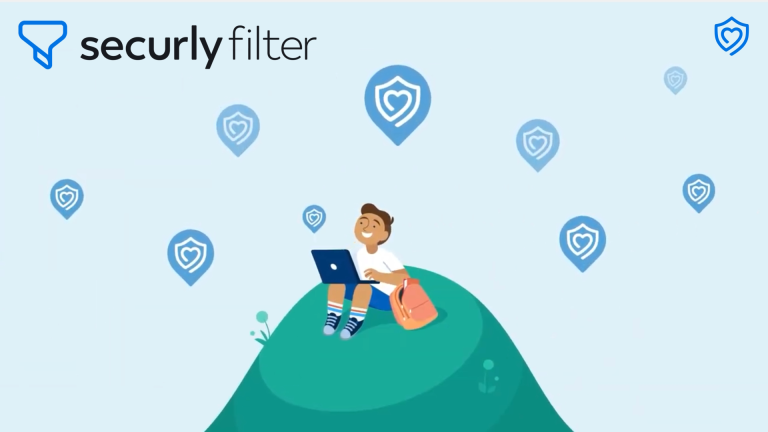
The Securly Web Filter helps schools block inappropriate content, providing a safer online environment. To comply with SB29, Ohio schools must activate Enhanced Privacy Mode, which anonymizes student activity and ensures privacy. Additionally, Securly mandates that districts notify parents annually about the web filtering in place and any exemptions that allow monitoring for compliance or safety.
Securly Aware for Wellness Monitoring
The Securly Aware tool monitors student wellness, helping schools identify at-risk students. Under SB29, Securly ensures that wellness monitoring complies with state privacy standards by anonymizing data and limiting monitoring to essential wellness checks. Notifications must be sent to parents annually, detailing the exemptions that allow Securly Aware to operate within compliance.
Securly Classroom Management
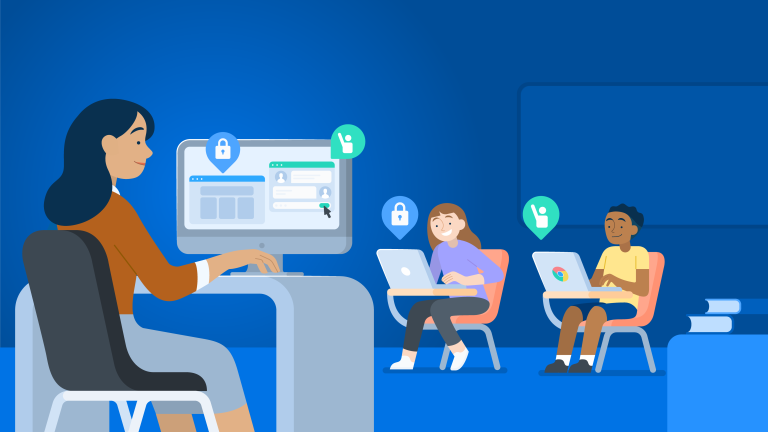
The Securly Classroom platform lets teachers monitor and manage student screens during class for educational purposes. SB29 permits monitoring for instruction and technical support, making Securly Classroom compliant. This tool is instrumental in keeping students on task and maintaining a focused learning environment while respecting privacy guidelines.
Securly Reveal: Usage Analytics
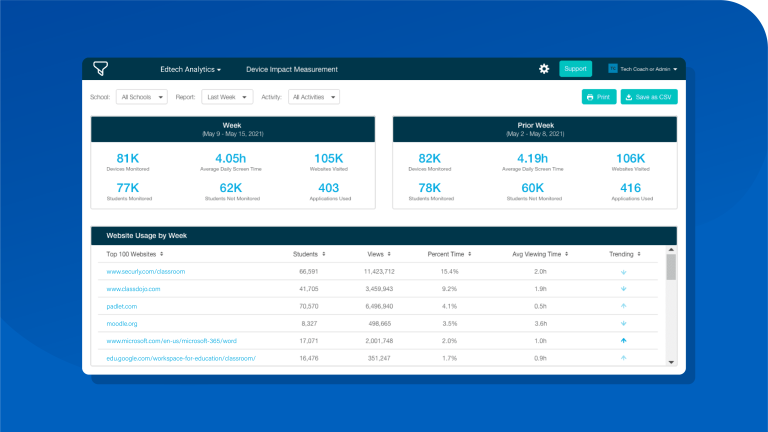
Securly Reveal provides insights into technology usage, allowing schools to make informed decisions on digital learning resources. Reveal falls under the non-commercial educational purpose exemption, ensuring compliance with SB29. Schools using Securly Reveal must inform parents that the tool is in place to analyze educational data without violating privacy standards.
Compliance Actions for Schools
To comply with SB29, Ohio schools need to implement the following actions with their technology providers:
- Activate Enhanced Privacy Settings: For tools like web filtering and wellness monitoring, schools must enable privacy modes that anonymize student data, limiting visibility to essential staff only.
- Annual Notifications to Parents: Schools are required to notify parents about any data monitoring practices and the exemptions that justify them. This transparency is crucial to maintaining compliance and fostering trust.
- Secure Contracts with Edtech Providers: Schools must establish agreements that clearly outline data ownership, secure storage, and deletion requirements, ensuring that educational data is protected at every stage.
- Data Retention and Deletion: Schools must ensure that edtech providers delete student data within 90 days of contract termination, complying with SB29’s data management rules.
Benefits of Compliance for Schools
Complying with SB29 avoids penalties and promotes a safe and respectful learning environment. Schools that adopt Securly’s tools can ensure student data privacy, transparency, and effective monitoring, making students, parents, and teachers feel more secure in the digital classroom. Compliance with SB29 aligns schools with Ohio’s privacy standards, reinforcing their commitment to student safety and well-being.
Read Also: Optimizing Your EdTech Budget with Securly Filter: A Strategic Approach for K-12 Schools
Conclusion
Ohio Senate Bill 29 marks a significant shift toward protecting student data privacy in K-12 schools. It emphasizes transparency, responsible data usage, and limited monitoring on school-issued devices. By implementing tools like Securly that are aligned with SB29’s guidelines, schools can enhance digital safety and ensure compliance.
Securly solutions including web filtering, classroom management, and wellness monitoring support a balanced approach to student safety while respecting privacy. As Ohio schools adopt these practices, they can foster trust with students, parents, and educators, creating a secure environment where learning can thrive responsibly and safely.
FAQs
What is Securly used for?
Securly is an edtech platform providing tools for student safety, digital monitoring, and wellness support. It helps schools create safer learning environments while respecting data privacy.
What is the meaning of the word Securly?
“Securly” is derived from “securely,” reflecting the company’s focus on ensuring student safety and data security.
Why does Securly block everything?
Securly’s web filter blocks potentially harmful or distracting content, allowing schools to control online activity in compliance with safety policies.
How to turn off Securly as a student?
Students cannot disable Securly on school devices, as it is managed by the school’s IT team to maintain a secure, compliant environment.
How do I completely remove Securly?
Schools control Securly’s installation and can remove it by working with their IT department if necessary.
Can teachers see your screen with Securly?
Yes, Securly’s classroom management tools allow teachers to monitor student screens, helping maintain engagement and safety during lessons.
